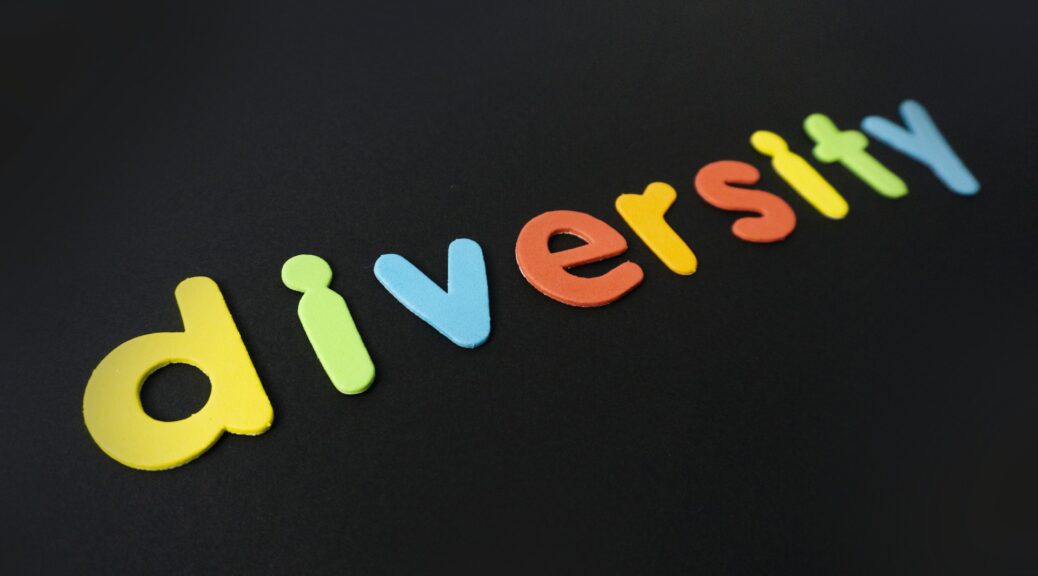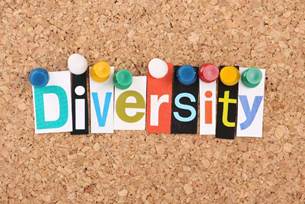You know how it goes, every Black History Month, Juneteenth, or special holiday, companies around the world publish media about diversity and inclusion. At times, it can feel like they are obligated to do so, and they just plaster a generic diversity and inclusion sign on their website or social media page.
This is common to see with companies that desperately want to be portrayed as inclusive, when in reality, they are far from it. When you visit an educational institution that has 98% white faculty, but they are very vocal about the importance of diversity, it makes you wonder…am I missing something?
Here lies performative diversity, which is the subject of this article.
What is “Performative” Diversity?
When a company rallies for diversity and inclusion in public and is very loud about it on social media, but their policies are discriminatory, then they are engaging in performative diversity.
This can be hard to spot because not many people have the time to interview each employee to find out whether they’ve felt discriminated against during their time at the company.
It can be incredibly difficult nowadays to tell whether a company is saving face, or whether its leaders are genuinely motivated by fairness to level the playing field for all kinds of people.
What does that performative diversity look like?
- D&I branding on their website
- Token POC people on their company photos
- Conveniently timed BLM or D&I social media posts
- Large percentage of employees identify with one race or ethnicity
These are just some of the factors to consider when analyzing whether or not a company is participating in performative diversity. You can go to a university where all the faculty members are white except for that one token POC person.
You may ask why there is little racial diversity in their faculty and you’ll be met with phrases like:
- “We only hire the most qualified people”
- “There aren’t that many POC people interested in the position.”
- “This is a white majority neighborhood.”
- Or the classic, “It’s just a coincidence.”
I’ve been the token POC person before. It’s not fun, half the time you just feel like a black dot on a white canvas that is brought out for photo ops to make the institution look good. Which is why I’m so relieved to be working in a company that actually promotes diversity and inclusion internally – and not just for the press.
True Diversity & Inclusion
When I joined the Pearl Lemon PR agency, I was pleasantly surprised that my hairstyles, my accent, and my race were ever an issue. I’ve never been treated differently from other employees because people in this company genuinely believe that talent can come from anywhere.
It was a stark contrast from the Swiss companies I was accustomed to that made me feel like I had so much to prove because my race and nationality put me at a disadvantage. To me, it’s clear now that when a company has internal policies that create a culture of acceptance and inclusivity, they don’t have to post about it for you to know that D&I is a priority to them. Let’s take a closer look at what true D&I looks like.
It starts with:
- An inclusive recruitment process
- Diverse leaders
- Color-blind recruitment process
- Inclusive company policies
- Active recruitment of people from different countries/backgrounds
All of these elements are internal. This has nothing to do with whether or not the company’s social media presence shows diverse people or has black squares in solidarity with BLM. When the leadership is diverse, and the recruitment process is designed to level the playing field for people of different backgrounds, then that is legitimate.
A diverse company doesn’t have to come and tell you that they value inclusivity. You should be able to tell as soon as you meet the employees and hear their stories. When a trans, non-binary POC person can thrive in a company in the same way that a white, straight man would – then that company is truly diverse and inclusive.
The key here is analyzing the difference between those who promote D&I externally vs those who implement it internally. That right there, is what makes the biggest difference.
It means that employees don’t face discrimination and prejudice, and that everyone has a chance to become the best that they can be regardless of their orientation, gender, or race.
Photo by fauxels from Pexels





